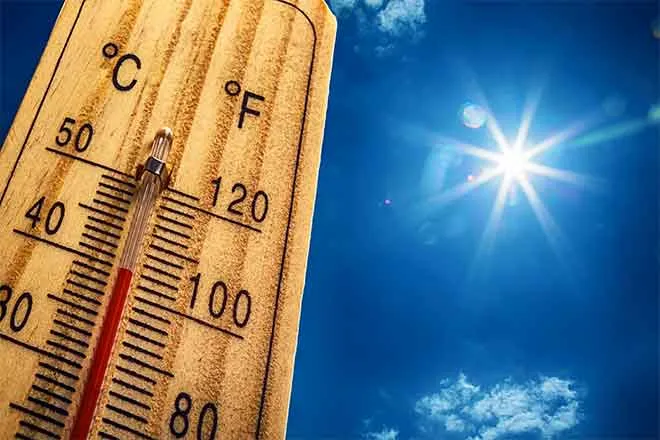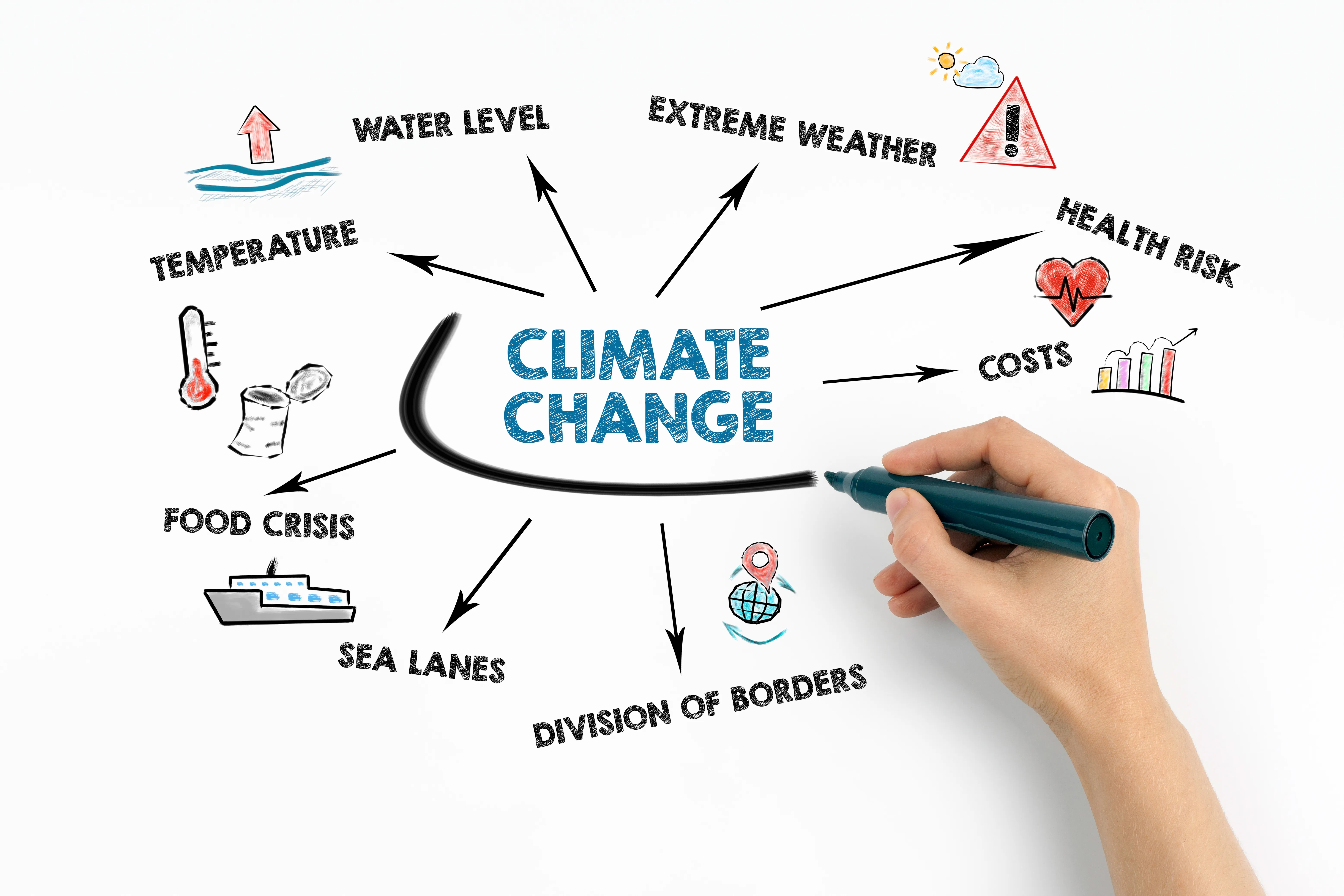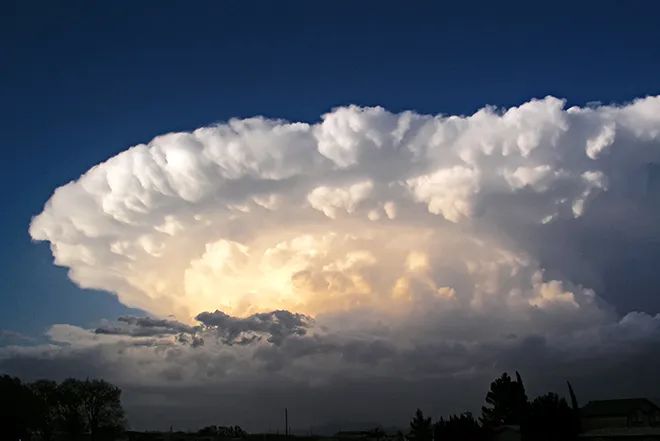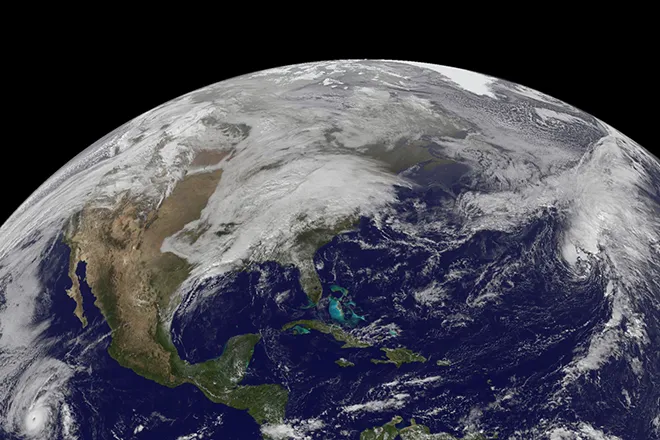
Colorado Flood Safety and Preparedness Tips
Did you know that 267 Colorado cities and towns and all of Colorado’s 64 counties have been identified as being at risk for flooding? Colorado’s landscape and ever-changing weather not only creates a beautiful state, but it also creates potentially powerful flood hazard.
Floods can be one of the most damaging natural disasters. The extensive flooding along the Front Range in September 2013 showed just how real the flood threat is in Colorado. No matter where you live, work or play in the mountains, big cities, small towns or out on the plains, you can be impacted by a flood.
Are You Flood READYColorado?
There are a number of things you can do to be prepared, to respond, and to recover from a flood. Here are a few of those quick tips.
- Turn Around, Don't Drown. Avoid flooded areas with rapid flowing water. Do not attempt to cross a flowing stream. It takes only six inches of fast flowing water to sweep you off your feet.
- Get to higher ground. Stay away from high water-prone areas including dips, low spots, valleys, ditches, washes, etc.
- Don't allow children to play near high water, storm drains or ditches. Hidden dangers could lie beneath the water.
- Flooded roads could hide significant damage. Never drive through high water or on flooded roads. If your vehicle stalls, leave it immediately and seek higher ground. Automobiles can float away in just two feet of water.
- Do not camp or park your vehicle along streams and washes. This is particularly true when threatening weather conditions exist.
- Be especially cautious at night. It is harder to see flood dangers at dusk and evening hours.
- Monitor NOAA Weather Radio. You can find vital weather-related information here or on local television stations.
The First Step to Being Prepared is Staying Informed
Since 1900, floods have taken more than 10,000 lives in the United States. Floods are one of the most common hazards nationwide, however not all floods are alike:
- Flooding typically occurs when rain falls over several days, when intense rain falls over a short period of time, or when debris buildup causes a river or stream to overflow onto the surrounding area.
- Flooding can also result from the failure of a levee or dam.
- Flash flooding refers to a dangerous sudden rise in water in a canyon or along a creek or wash, or over normally dry land.
- Flash floods result from heavy rainfall, sudden breaks in river ice jams, and dam or levee failures.
- Flash floods can occur within a few minutes or hours, and can move at surprisingly high speeds with little warning.
- Flash floods can be very destructive because of the force of the moving water and debris in flood waters like trees and boulders which can destroy roadways, bridges and buildings.
Another complication in Colorado is the serious flooding that can result when heavy rain falls on areas recently burned by wildfire.

















